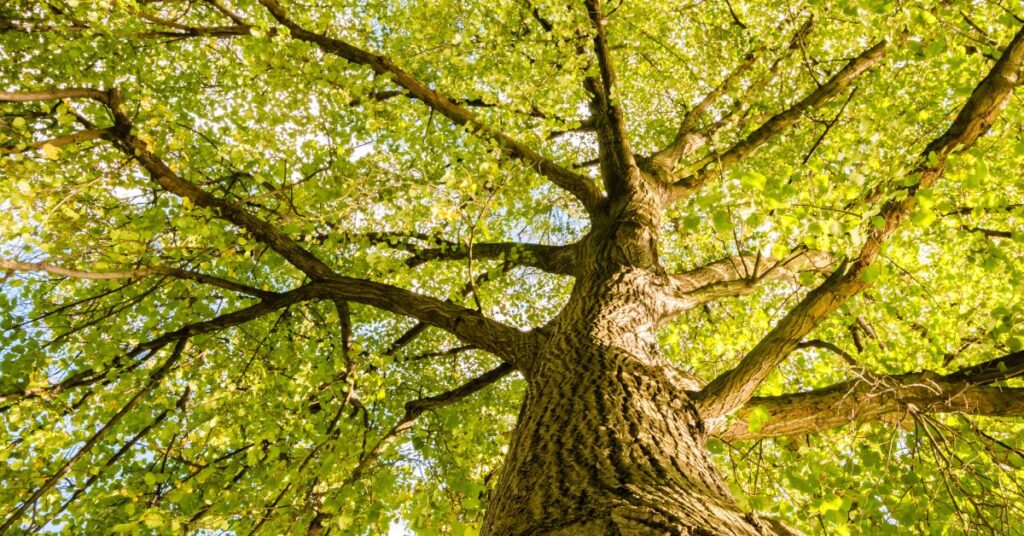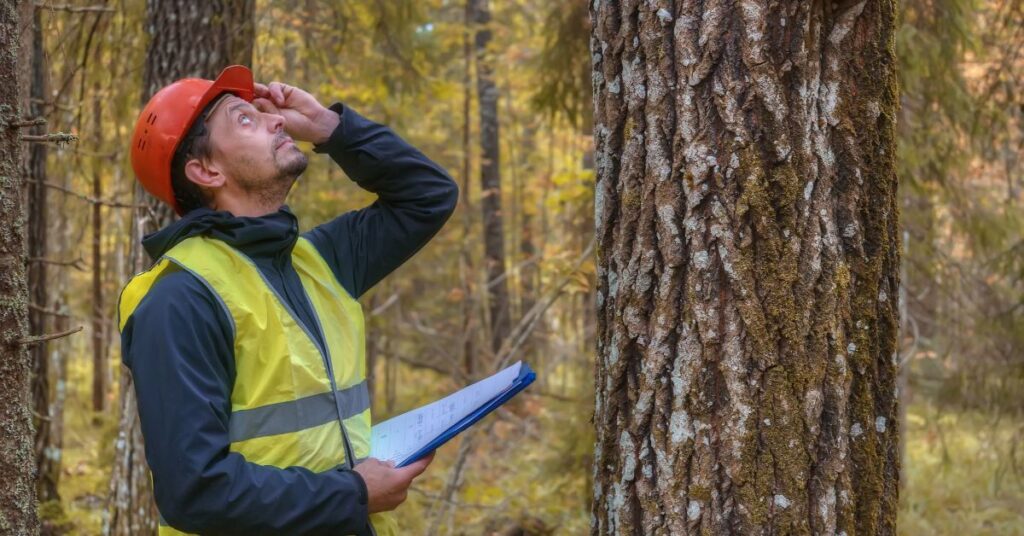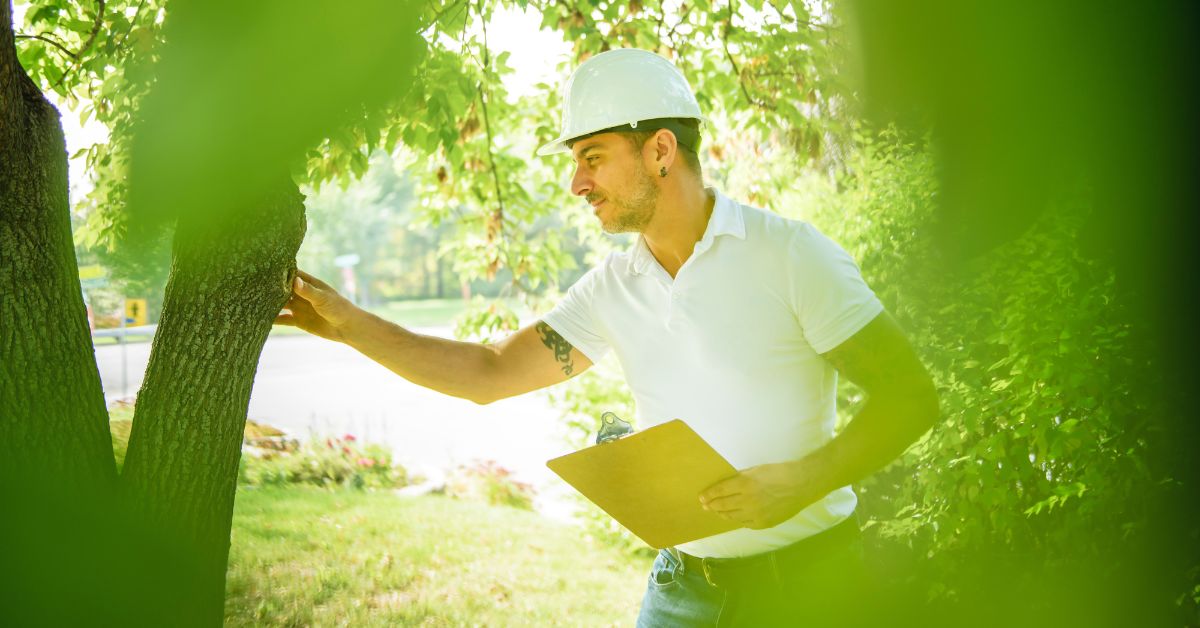As a homeowner or property manager, the safety and well-being of your property and those who inhabit it are of utmost importance. One crucial aspect of maintaining a secure environment is ensuring the health and stability of the trees on your land. This is where professional tree risk assessments come into play. We’ll discuss what these assessments are, why they’re important, and what to expect during a professional tree risk assessment.
What Are Tree Risk Assessments?
A tree risk assessment is an in-depth evaluation aimed at understanding the health, structural integrity, and potential hazards that individual trees may pose on a property. Certified arborists or professionals who have specialized training and are qualified in Tree Risk Assessment (TRAQ) will typically carry out these assessments.
These experts carefully inspect each tree to identify signs of decay, disease, or structural weaknesses that could lead to catastrophic failure, resulting in property damage or personal injury to inhabitants.
By identifying these potential issues early, property owners can take preventative measures to mitigate risks, ensuring the safety of their environment and the longevity of their trees.
Why You Need a Tree Risk Assessment
Conducting regular tree risk assessments provides a variety of benefits for property owners that are crucial for maintaining safety and reducing liability. One of the primary advantages of these assessments is the enhancement of safety on the property.
By identifying potential hazards such as dead branches, structural weaknesses, or signs of disease, property owners can take proactive measures. These measures are vital for mitigating risks and ensuring the protection of both people and property from potential harm.
Beyond the immediate safety concerns, there is also the aspect of liability protection to consider. In the unfortunate event of tree-related damage or injury, having a documented tree risk assessment can be invaluable. It serves as evidence that the property owner exercised due diligence in maintaining a safe environment, potentially mitigating legal exposure and financial losses.
Furthermore, regular assessments directly impact the health and longevity of the trees themselves. These evaluations are instrumental in catching early signs of disease, pest infestations, or other issues that may threaten the trees. Timely intervention based on assessment findings can preserve the health and beauty of these natural assets for years to come. In summary, the practice of conducting regular tree risk assessments is a comprehensive strategy that safeguards property owners, ensuring the safety, legal protection, and preservation of their green spaces.

Understanding the Tree Risk Assessment Process
Understanding the steps involved in the tree risk assessment process is crucial for effective planning. A professional tree risk assessment is a detailed examination aimed at identifying potential hazards that trees may pose to people or property. This process typically involves several key steps.
- Visual Inspection: The arborist will conduct a thorough visual examination of the tree, looking for signs of damage, decay, or structural issues.
- Root System Evaluation: The assessment will include an examination of the tree’s root system to identify any signs of damage or decay that could compromise its stability.
- Site Analysis: The arborist will consider factors such as soil conditions, nearby structures, and pedestrian traffic to determine the potential impact of a tree failure.
- Risk Categorization: Based on the findings, the arborist will assign the tree a risk rating, indicating the likelihood and severity of potential failure.
Understanding these steps can help you appreciate the importance of professional tree risk assessments and plan accordingly for the safety of your property and the well-being of your community.
How To Prepare for the Assessment
Your involvement as a property owner is vital in the tree risk assessment process. Understanding what the assessment entails enables you to prepare adequately and undertake the necessary actions to fulfill your duties as a responsible property owner.
- Preparation: Before the assessment, ensure that the area around the tree is accessible and free of obstacles that could hinder the arborist’s work.
- Communication: Be prepared to answer questions about the tree’s history, any previous issues, and your concerns. Your input is valuable in helping the arborist understand the full context of the tree’s condition.
- Documentation: The arborist will take detailed notes, photographs, and measurements during the assessment. This documentation will form the basis of the final report and recommendations.

Interpreting the Results
After completing a thorough assessment, the arborist will compile and provide a comprehensive report that details their observations and offers specific recommendations based on their findings.
- No Action Needed: If the tree is in good health and poses no significant risk, no further action may be necessary.
- Monitoring: If they identify minor issues, the arborist may recommend ongoing monitoring to track any changes in the tree’s condition.
- Pruning or Maintenance: In some cases, targeted pruning or other maintenance measures may be necessary to address specific issues and improve the tree’s health and stability.
- Removal: If a tree poses a high risk that you cannot mitigate through other means, removal may be necessary to ensure safety.
Next Steps After the Assessment
Based on the assessment results, it’s essential to take appropriate action to address any identified risks. It will be necessary to develop a strategic plan to handle these risks effectively, ensuring that preventive measures are in place to protect against potential threats. By doing so, we can safeguard our operations and maintain a secure environment.
- Implement Recommendations: Follow the arborist’s recommendations for pruning, maintenance, or removal to eliminate risks and ensure the ongoing health of your trees.
- Schedule Follow-Up Assessments: Regular assessments, typically every 1-3 years, can help monitor your trees’ health and catch any developing issues early.
- Keep Records: Maintain copies of your tree risk assessment reports for future reference and to demonstrate your commitment to property safety.
Investing in regular professional tree risk assessments is an essential measure to guarantee the safety and well-being of your property and its occupants. Understanding the steps of the professional tree risk assessment process and collaborating with a certified arborist allows you to make well-informed decisions, ensuring your trees remain healthy and stable. This proactive approach not only preserves the aesthetic appeal of your landscape but also secures the environment for everyone’s benefit.
Taking the necessary steps to maintain the health of your trees is vital. Healthy, well-maintained trees contribute to the overall safety and beauty of your property. Don’t wait for an emergency to arise. Contact Watts Tree Service today to learn more about our comprehensive tree pruning services. Let us help you in creating and maintaining a safe, beautiful, and secure environment through expert tree care. Your trees are an investment in the future of your property; Watts Tree Service is here to help you protect that investment.
Last modified: April 25, 2025

